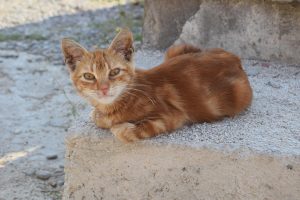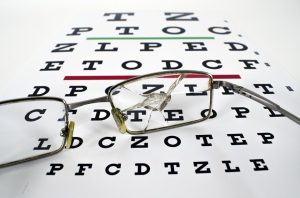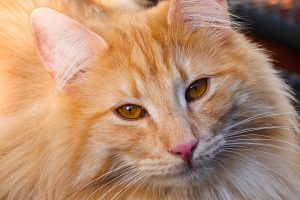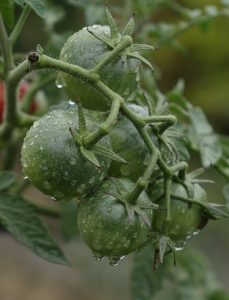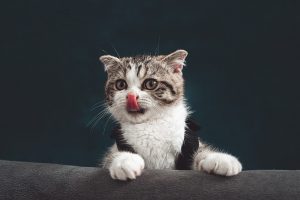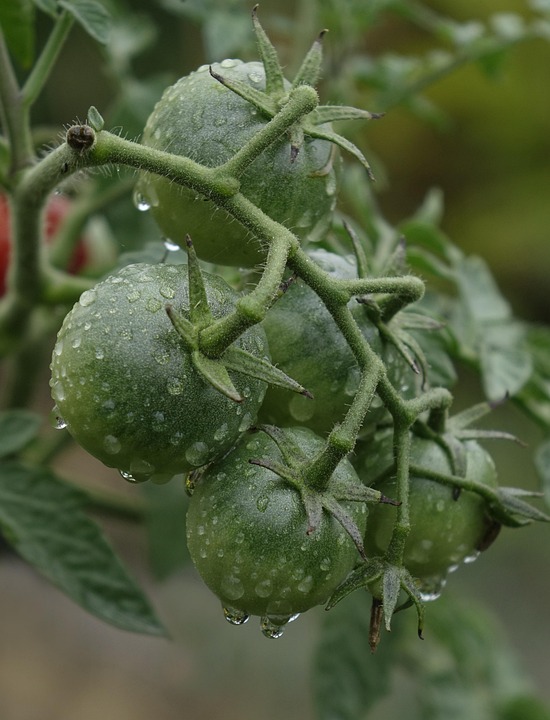
As a new cat owner, ensuring the health and wellness of your feline friend is likely at the top of your priority list. Choosing the right diet is an integral part of this journey, and wet cat food can be an excellent choice for many cats. This comprehensive guide will explore the benefits of wet cat food, how to select the best options, and tips for incorporating it into your cat’s diet.
Why Choose Wet Cat Food?
Wet cat food offers several advantages over its dry counterpart, making it an appealing choice for many cat owners. Here are some reasons why you might consider wet food for your feline:
- Hydration: Cats have a low thirst drive and may not drink enough water on their own. Wet cat food can help keep your cat hydrated due to its high moisture content.
- Palatability: Wet cat food is often more palatable and aromatic than dry food, which can be beneficial for picky eaters or older cats with reduced senses of smell and taste.
- Nutrient Density: Wet food typically contains higher levels of protein and fats, essential for maintaining your cat’s muscle mass and energy levels.
- Weight Management: Wet food can be more satisfying due to its texture and moisture content, potentially helping in weight management by satisfying hunger with fewer calories.
Understanding the Nutritional Needs of Cats
Before selecting a wet cat food, it’s crucial to understand the basic nutritional needs of cats. Cats are obligate carnivores, meaning their diet should be primarily composed of meat. Here are some key nutritional requirements:
- Protein: Cats require a diet high in animal-based proteins to support their energy levels and bodily functions.
- Amino Acids: Essential amino acids such as taurine are crucial for heart health, vision, and reproduction.
- Fats: Healthy fats, including omega-3 and omega-6 fatty acids, are vital for skin and coat health, as well as brain function.
- Vitamins and Minerals: Cats need a variety of vitamins and minerals, such as vitamin A, D, calcium, and phosphorus, for overall health.
How to Choose the Best Wet Cat Food
With numerous options available, selecting the right wet cat food can be overwhelming. Here are some tips to guide you in making a well-informed decision:
Read the Label
When selecting wet cat food, always read the label carefully. Look for the following:
- High-Quality Protein Sources: Ensure that the primary ingredient is a high-quality, named protein source like chicken, turkey, or salmon, rather than vague terms such as “meat by-products.”
- AAFCO Statement: Check for an Association of American Feed Control Officials (AAFCO) statement, which indicates that the food meets the minimum nutritional standards for cats.
- Grain-Free: Many cats are sensitive to grains, so opting for grain-free formulas can be beneficial.
Consider Your Cat’s Age and Health
Your cat’s age and health status can influence their dietary needs:
- Kittens: Require higher levels of protein and fat for growth. Look for wet food labeled specifically for kittens.
- Adult Cats: Generally require a balanced diet suitable for maintenance. Look for formulas labeled for adult cats.
- Senior Cats: May benefit from wet food with added joint support and easily digestible proteins.
- Health Conditions: If your cat has specific health issues, such as kidney disease or allergies, consult your veterinarian for dietary recommendations.
Experiment with Flavors and Textures
Cats can be particular about their food preferences. Experimenting with different flavors and textures can help you find the right match for your pet. Some cats prefer pâté, while others enjoy chunks in gravy. Offering a variety of options can also prevent boredom and encourage a healthy appetite.
Introducing Wet Cat Food to Your Cat’s Diet
Once you’ve selected the right wet cat food, introducing it to your cat’s diet requires some patience and strategy:
Transition Gradually
Cats can be sensitive to dietary changes, so it’s essential to transition gradually to prevent digestive upset. Start by mixing a small amount of wet food with their current food and gradually increase the proportion over a week or more.
Establish a Feeding Routine
Consistency is key when feeding your cat. Establish a regular feeding schedule with set meal times to help regulate their appetite and digestion. Wet food should not be left out for more than an hour to prevent spoilage.
Monitor Your Cat’s Health
Pay attention to your cat’s weight, coat condition, and energy levels after transitioning to wet food. If you notice any adverse reactions or changes in behavior, consult your veterinarian.
Common Concerns and Misconceptions About Wet Cat Food
There are several misconceptions about wet cat food that may cause hesitation. Let’s address some common concerns:
Dental Health
Some believe that wet food can lead to dental issues, but the reality is more nuanced. While dry food can help reduce plaque, regular dental care, such as brushing your cat’s teeth and providing dental treats, is essential regardless of diet.
Cost
Wet food can be more expensive than dry food, but the benefits of hydration and nutrition can outweigh the cost. Buying in bulk or during sales can help reduce expenses.
Messiness
Wet food can be messier than dry food, but using a designated feeding area and cleaning up promptly can mitigate this issue.
Conclusion
Choosing the right wet cat food for your feline friend is a crucial step in ensuring their health and well-being. By understanding your cat’s nutritional needs, carefully selecting high-quality options, and introducing new foods gradually, you can provide a balanced diet that supports their overall health. Remember, consulting with your veterinarian for personalized recommendations can further enhance your cat’s dietary plan. With the right approach, wet cat food can be a delicious and nutritious part of your pet’s life.
#ChatGPT assisted in the creation of this article.


